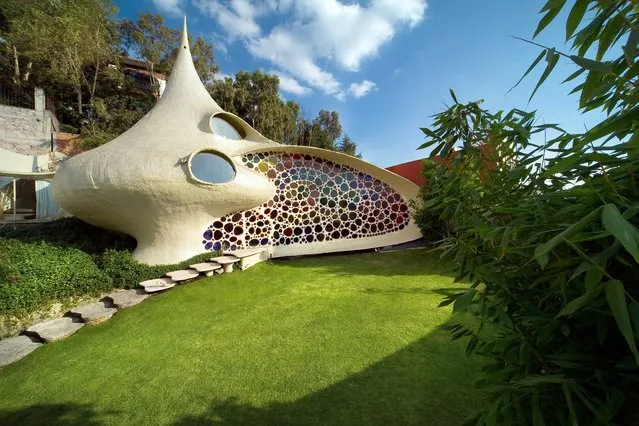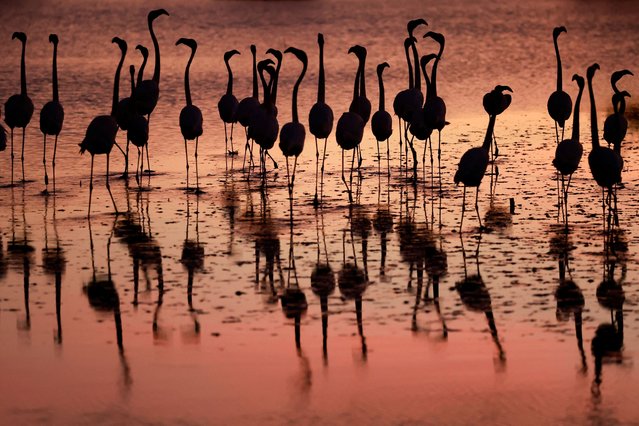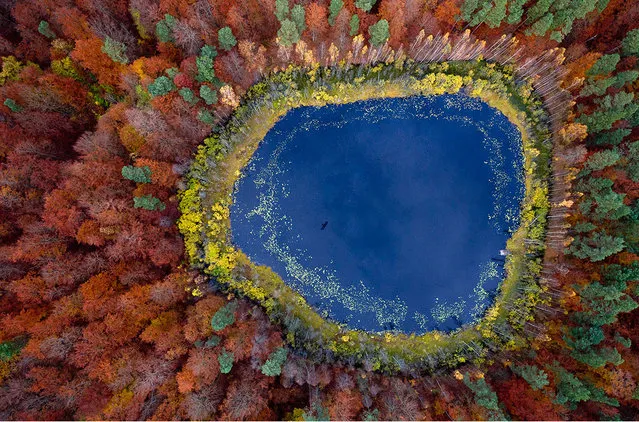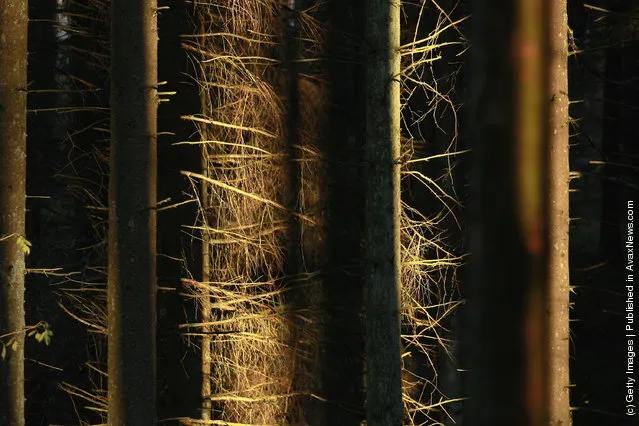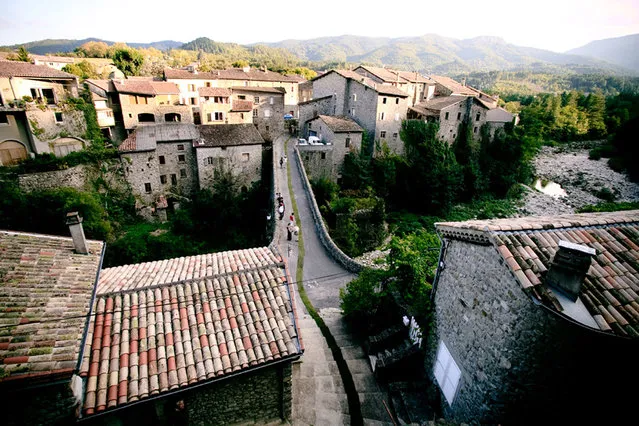
Artist Gaelle Villedary has installed a grass “carpet” across the village of Jaujac in France to celebrate the 10th anniversary of the Arts and Nature Trail program. The green trail is made of 168 rolls of grass and runs for 1,377 feet (420 metres) to connect the village seamlessly to its surrounding natural landscape.
21 Aug 2014 10:05:00,post received
0 comments

